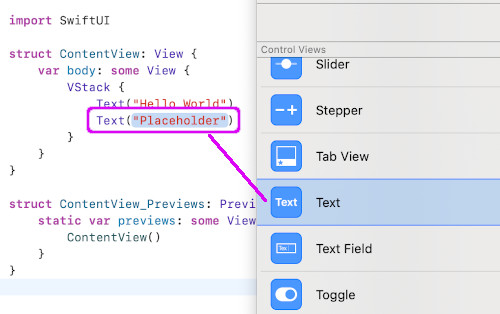
In the end I created a stacked data set where time series data are stacked on top of each other and then grouped by reading in the original data and then shuffling columns around. I struggled creating a plot overlaying several matrix columns, however, that was mostly due to my misconception of how Gadfly should work. sparse format of the result (e.g., csr) by default an appropriate sparse matrix format is returned. sequence of sparse matrices with compatible shapes. Gadfly follows a completely different philosophy from MATLAB and Winston and is strongly influenced by ggplot in R. hstack (blocks, format None, dtype None) source Stack sparse matrices horizontally (column wise) Parameters blocks. You will need to install the DataFrames and Gadfly packages, though the former (as well as a bunch of other dependencies) should be automatically installed when installing Gadfly. Using julia for this is quite illustrative (and a really nice experience). Return : stacked ndarray The stacked array of the input arrays. To begin with, download the Gadfly graphics package, and immediately the full. The arrays must have the same shape along all but the second axis. tup : sequence of ndarrays Tuple containing arrays to be stacked.
Vstack hstack lgadfly how to#
See the previous article for how to do this. numpy.hstack () function is used to stack the sequence of input arrays horizontally (i.e. The only difference to plotting it using standard arrays are the slightly different input arguments - you basically have to extract the data first from the dataset array into a double array before plotting it. VarNames = ) xlabel ( 'time' ) ylabel ( 'concentration' ) export_fig ( 'matlab_rlbinding.png'. 'Delimiter', ',', 'ReadVarNames', false ) % rename the column headers data.



% create a dataset array with similar properties to % DataFrames in R or Python data = dataset ( 'File', 'rlbinding.csv'.


 0 kommentar(er)
0 kommentar(er)
